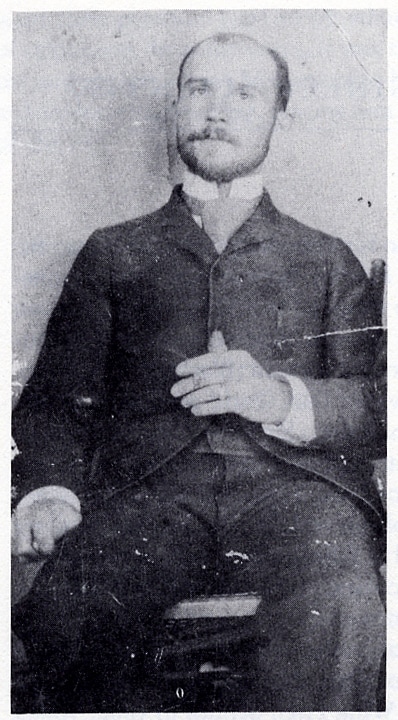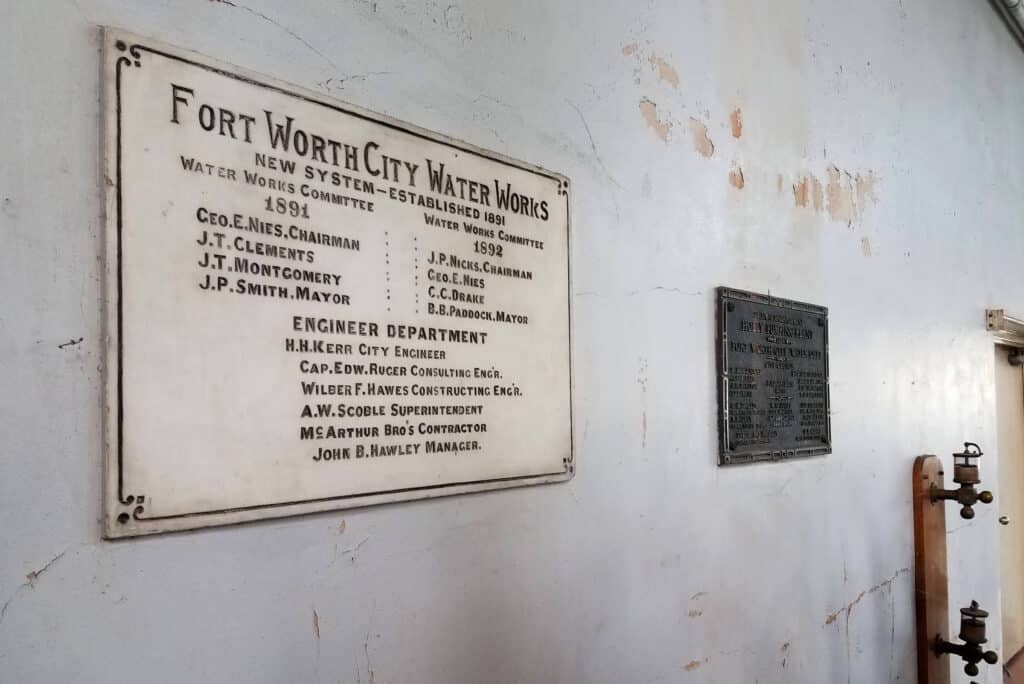1894 to 1909: Innovative from the Start
As we celebrate our 130th anniversary, this series chronicles Freese and Nichols’ achievements decade by decade. These posts are based on A Century in the Works, written by Deborah Sizemore and covering 1894 to 1994, and Continuing the Journey, covering 1995 to 2015.

Freese and Nichols’ first decades were guided by our company’s founder, John Hawley, a scientist with a bachelor’s degree in science and engineering from the University of Minnesota. Hawley went to Texas in 1891 as an employee of Chicago-based McArthur Brothers. The company was hired to design and construct the City of Fort Worth’s first water facility, the Holly Pump Station (named for the two-story, steam-driven Holly Company pumps).
When Hawley arrived, Texas had no cities with a population greater than 40,000, no water supply reservoirs and no water treatment plants. Public health was an emerging focus for engineers, and sanitary engineering was a new specialty. John Hawley became a leader in this new branch of engineering.
John Hawley, Consultant
In the summer of 1894, with the new Fort Worth water system completed and his other assignments for McArthur Brothers at an end, Hawley was free to leave Fort Worth and return home to the Midwest. Instead, he chose to make Fort Worth his permanent residence. When he started his own business that year — the business that today is Freese and Nichols — he became the first independent consulting engineer in Texas in water and sewer work.
As consulting engineer to the City of Fort Worth, Hawley submitted the City’s first comprehensive study of its water resources. It is striking that among our founder’s first efforts as a consulting engineer is a report about the municipal water supply. The 6,000-word Report on the Water Supply of Fort Worth relied on records shared by neighboring jurisdictions (because the City had not yet begun collecting data) and Hawley’s own “observation of a few phenomena.” The report set a precedent for consulting in Fort Worth and for the firm led by John Hawley.
The report made six recommendations, including construction of a large reservoir or, in its stead, a series of small storage dams. Three of these smaller dams were designed by Hawley, exemplifying the adage that studies lead to follow-on work. Hawley’s study concludes with a goal for the water supply: “ample in quantity, pure in quality and economical of obtainment.”
John Hawley was also an innovator in the very real challenges of financing water supply improvements. As City Engineer for the City of Fort Worth (concurrent with his firm’s private practice), he implemented one of the recommendations in his original report: installation of water meters for all water consumers.


